Found – a copy of The Urgent Voice: and other poems by Barbara Lea (Fortune Press, London 1948.) She lead a short but productive life and is unknown to Wikipedia or any online database apart from Peerage.com who have a good factual entry* on her as, unusually for a Fortune Press poet, she was an aristocrat. The foreword is anonymous and it is just possible it is by Reginald Caton, the founder of the press but is more likely to be by a friend or family member. We append a good East Anglian poem by her after the foreword.
Barbara Lea (nee Pell) was born at Wilburton Manor in the Isle of Ely in 1903. She never lost her early passion for the Fenland, nor for the house in which she was born; indeed, she loved houses and places, before people, witness her poems ‘East Anglia Revisited’, ‘In Time of Trouble’, ‘First Visit’.
She married in 1924 and had five children, the last being born in 1934, and in spite of all the ties of home life, she became increasingly interested and active, in politics and the Women’s Institutes.
When the war started in 1939 she was on the Executive Committee of the National Federation of Women’s Institutes, as well as the Worcestershire Committee, and Chairman of the Woman’s Land Army in Worcestershire; a member of the County War Agriculture Committee, and was occupied by a large number of less onerous activities, such as Justice of the Peace, Guardians’ Committee, Parish Council, Parochial Church Council, District Nursing Association, and others too numerous to mention. In 1943 she was awarded the O.B.E. Continue reading


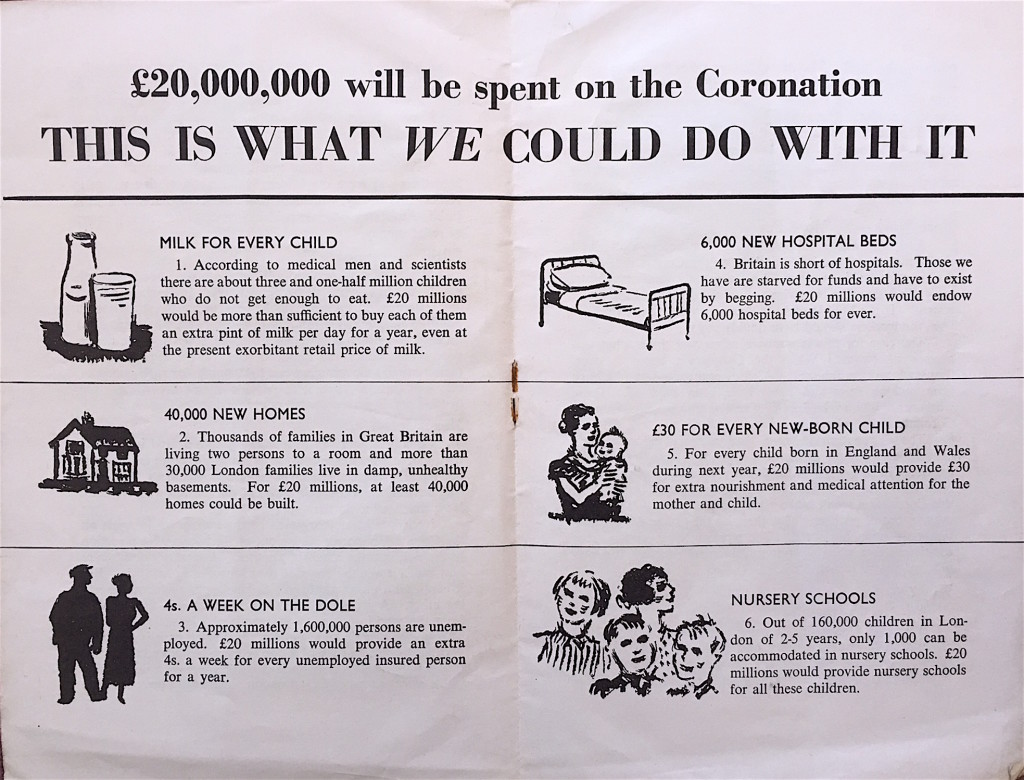
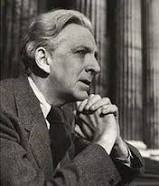


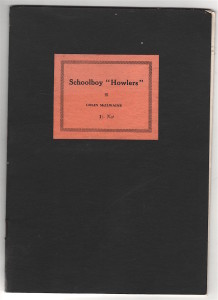
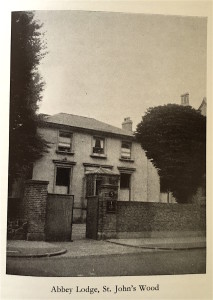 Found in a 1955 Punch – a review by the novelist Anthony Powell of Honours for Sale. The Strange Story of Maundy Gregory. (Gerald Macmillan, London: Richards Press 1954).
Found in a 1955 Punch – a review by the novelist Anthony Powell of Honours for Sale. The Strange Story of Maundy Gregory. (Gerald Macmillan, London: Richards Press 1954). 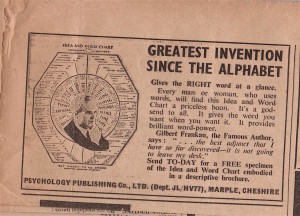
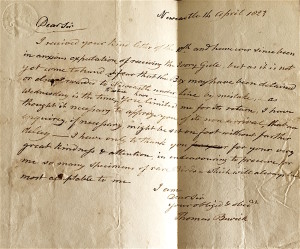
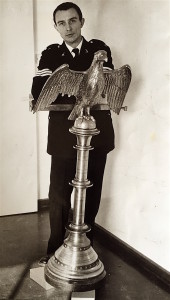
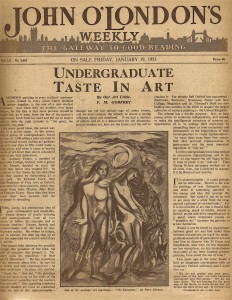
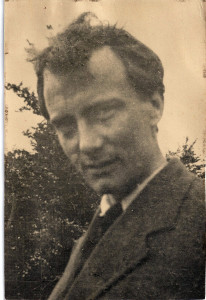 Found among the papers of Joan Stevens (1933-2015) the feminist bookseller and expert on the Powys Brothers and Edward Thomas this piece, apparently unpublished, by
Found among the papers of Joan Stevens (1933-2015) the feminist bookseller and expert on the Powys Brothers and Edward Thomas this piece, apparently unpublished, by 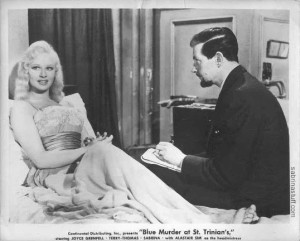
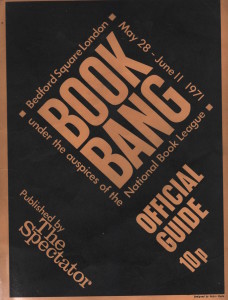
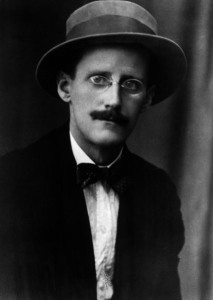
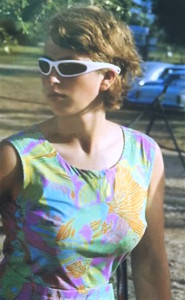 Bought at eBay for the price of a latte (and muffin) -these 3 photos purporting to be of a British royal –
Bought at eBay for the price of a latte (and muffin) -these 3 photos purporting to be of a British royal – 
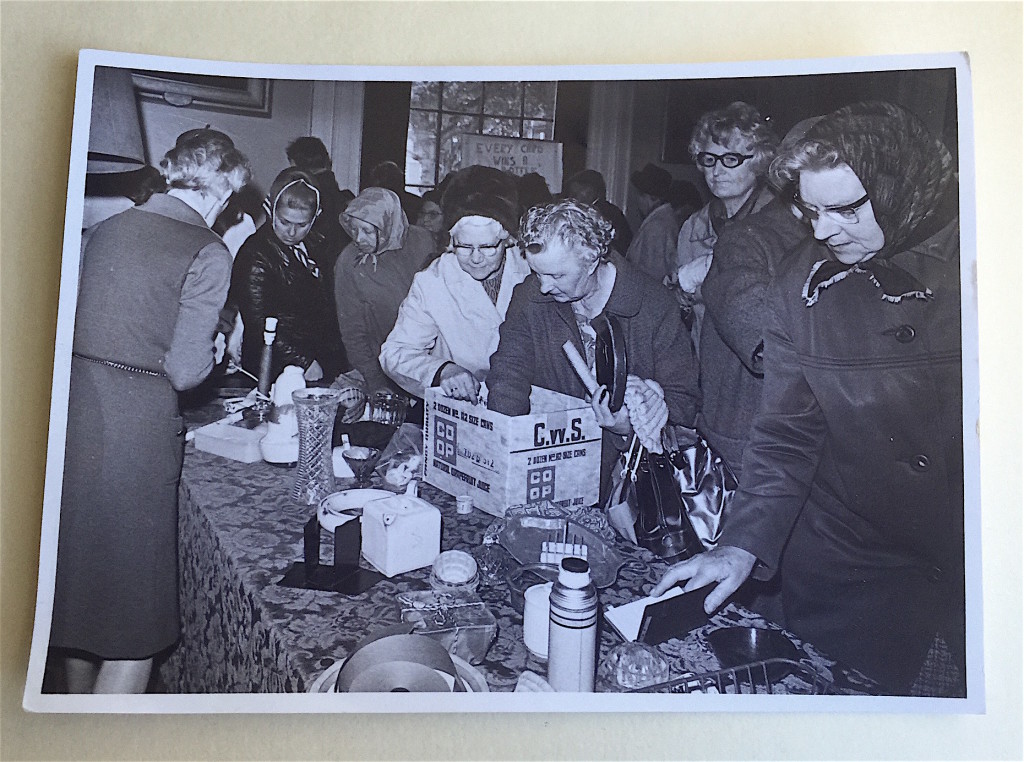

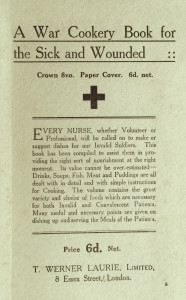
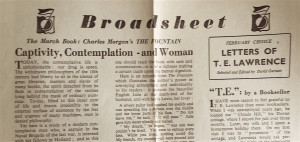 Found among the books in the working library of the actor Peter O’Toole (1932 – 2013) his copy of Letters of T.E. Lawrence (Readers Union, 1941.) O’Toole had surprisingly few books on or by Lawrence considering that this was probably his greatest role and the film that made him an international star. In the Reader’s Union edition was loosely inserted a one page wartime broadsheet keeping members of the book club informed about new publications. It was from an address at Wray Common, Reigate. This broadsheet / flier was dated February 1941and has a good piece (“T.E.”) on Lawrence by his friend and bookseller K.W. Marshall.
Found among the books in the working library of the actor Peter O’Toole (1932 – 2013) his copy of Letters of T.E. Lawrence (Readers Union, 1941.) O’Toole had surprisingly few books on or by Lawrence considering that this was probably his greatest role and the film that made him an international star. In the Reader’s Union edition was loosely inserted a one page wartime broadsheet keeping members of the book club informed about new publications. It was from an address at Wray Common, Reigate. This broadsheet / flier was dated February 1941and has a good piece (“T.E.”) on Lawrence by his friend and bookseller K.W. Marshall.